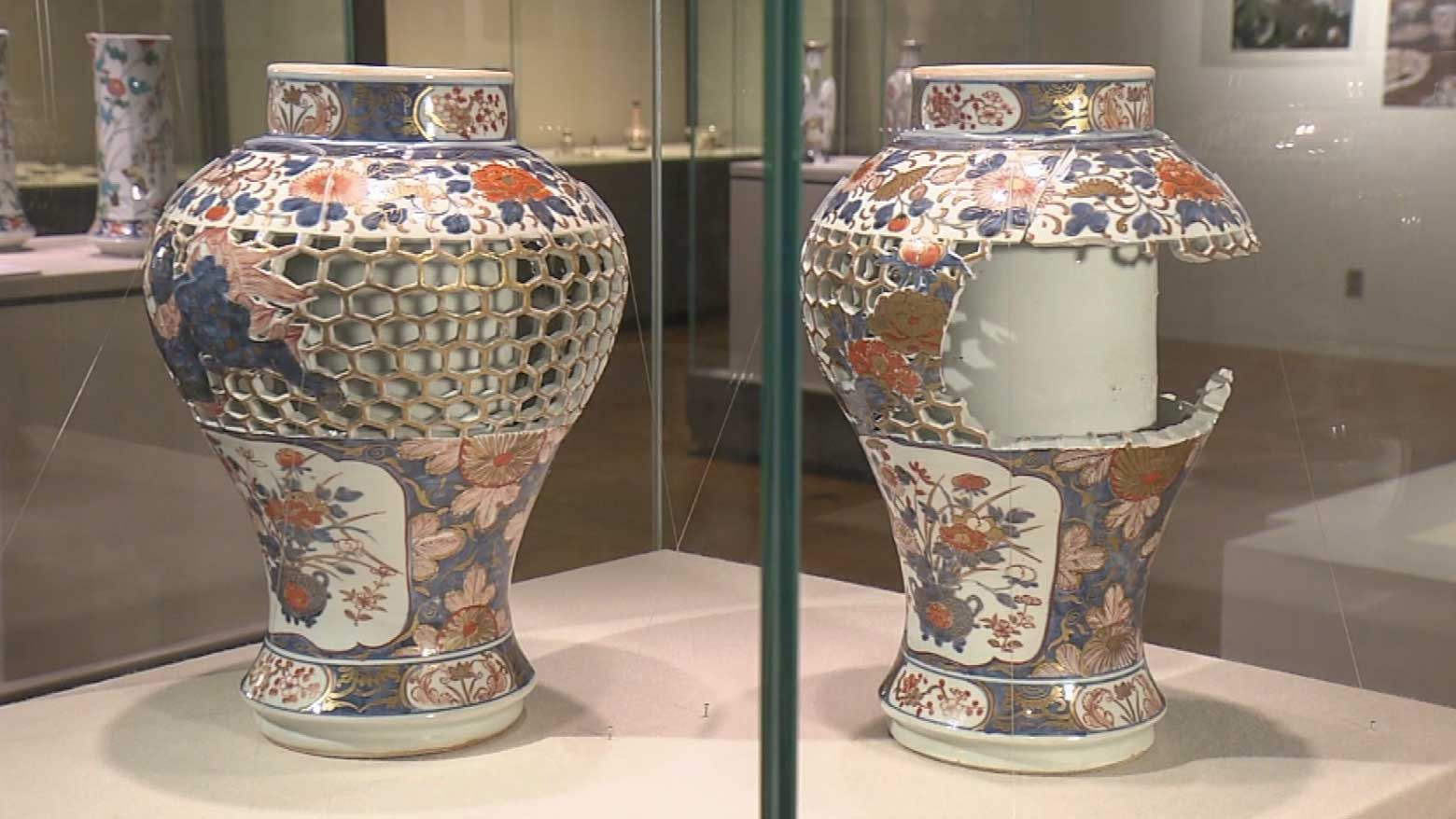The tragedy of Loosdorf Castle

The ancient castle of Loosdorf lies in the countryside to the north of Vienna. Its owners are the Piatti family, whose name means "plate" in Italian. They have for generations collected precious porcelain from all over the world.
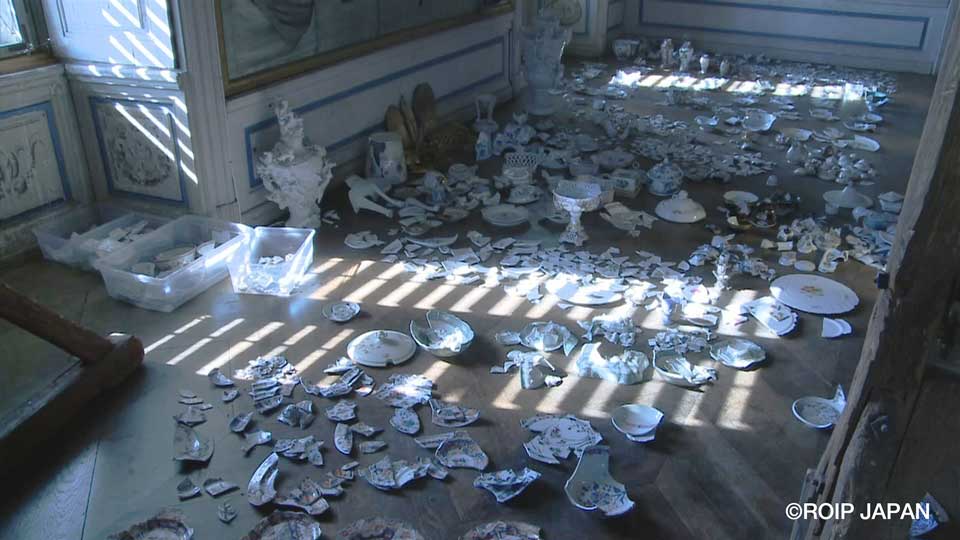
But at the end of World War II, Soviet troops vandalized the castle and destroyed the porcelain collection. Unwilling to discard the shards, the family instead treasured and exhibited them as a reminder of the folly of war.
Verena Piatti
"The keeping of the shards room in the castle museum of Loosdorf was for me always a kind of peace work. My idea is that the form of an art peace can be destroyed, but not the idea. The creating energy is eternally alive."
It was a decision that led to a fateful encounter seven decades later.
Fateful encounter
In 2019, tea ceremony master Hoshina Machiko hosted an event in Tokyo at the request of the Austrian Embassy. Verena Piatti attended as a guest. At the time, her brother was the Austrian ambassador to Japan.
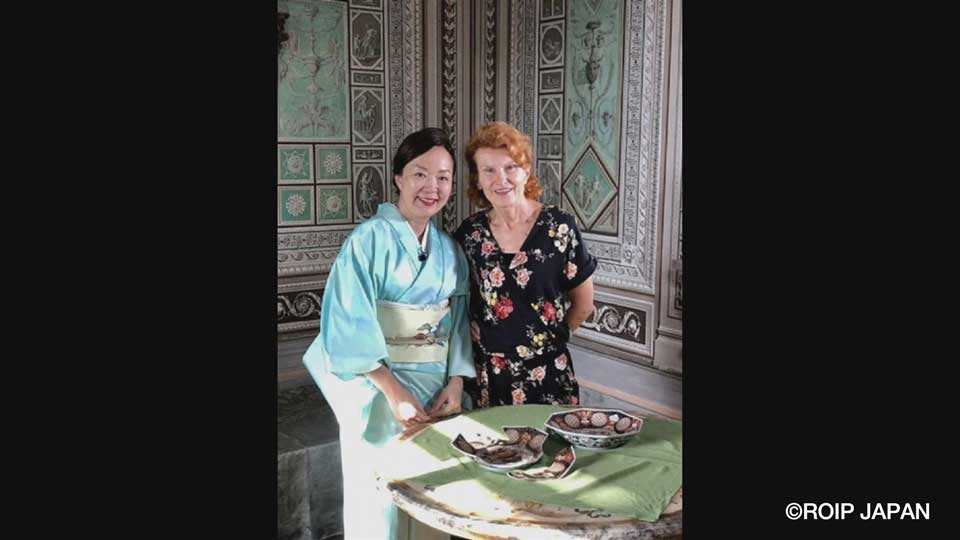
At the tea ceremony, Hoshina heard about the shards room from Verena. When she saw the photos of the destroyed porcelain, she couldn't hold back her tears.
Hoshina Machiko
"It was an emotion I had never experienced before, a mixture of anger and sadness. At the same time, I felt a strange kinship with Verena and the Piatti family because in Japan, too, there is an aesthetic sense of "wabi sabi," which is to find value in damaged things. I wanted to do something to shed light on these shards."
Revival project
With the collaboration of the Piatti family, Hoshina initiated a project to restore the pieces and hold an exhibition in Japan. Six close friends supported her. Most, including Hoshina, were experienced homemakers.
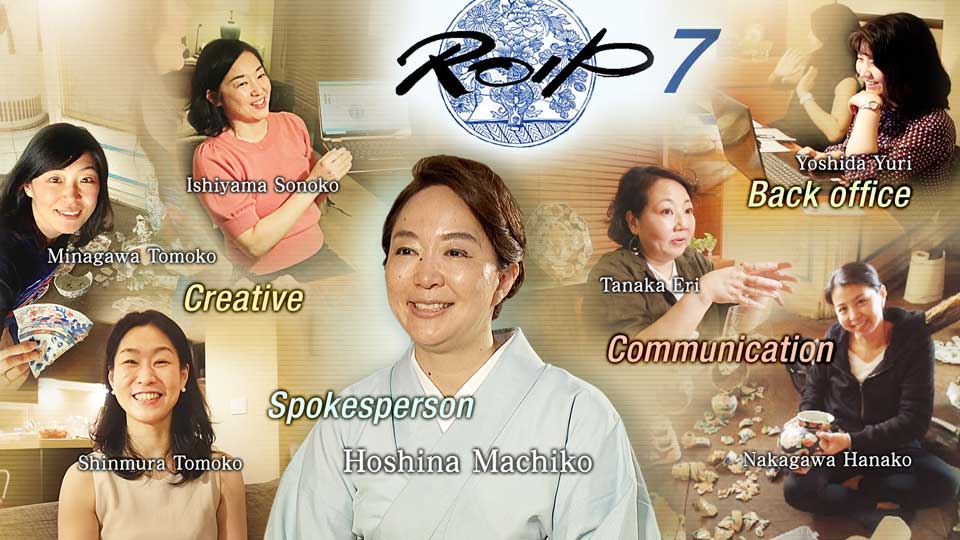
Her team began with the simple task of putting the shards together. Leaving the restoration to specialists, they then worked independently, applying for grants and developing original items to be sold at the exhibition.
One of the participants, Yoshida Yuri, believes it was the "power of homemakers" that made it all possible.
Yoshida Yuri
"Most of the essential work of keeping a home together is invisible. But because all seven of us shared this common understanding, it felt comfortable working together."
Three centuries of waiting
At the end of May, Hoshina and her team finally traveled to Arita to hold the exhibition.
Old Imari porcelain made in Arita during the Edo period was exported to Europe via nearby Nagasaki. Japan had an isolation policy at that time, and Nagasaki was an exceptional place that kept its doors open to the world.

To commemorate the porcelain's homecoming after 300 years, Verena's son and current owner of Loosdorf Castle, Gabriel, traveled from Vienna.
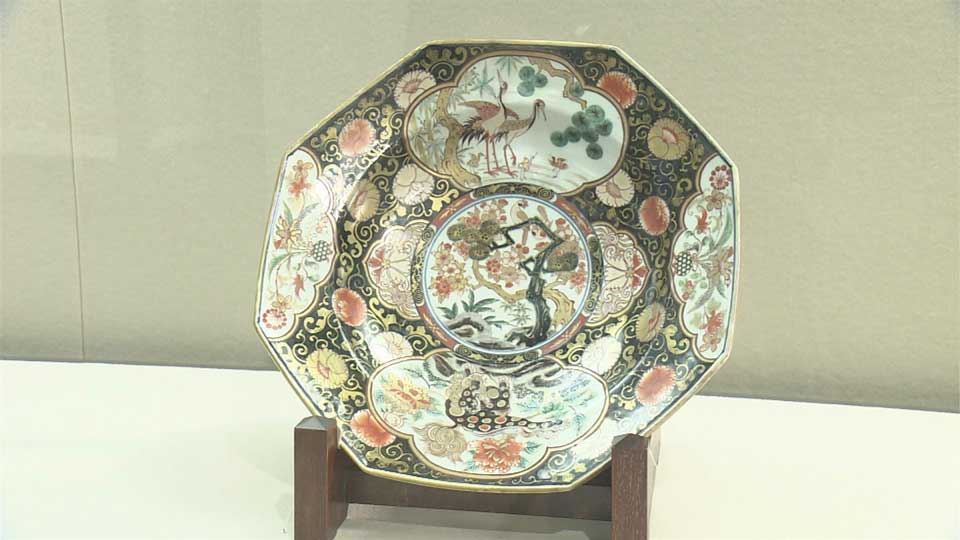
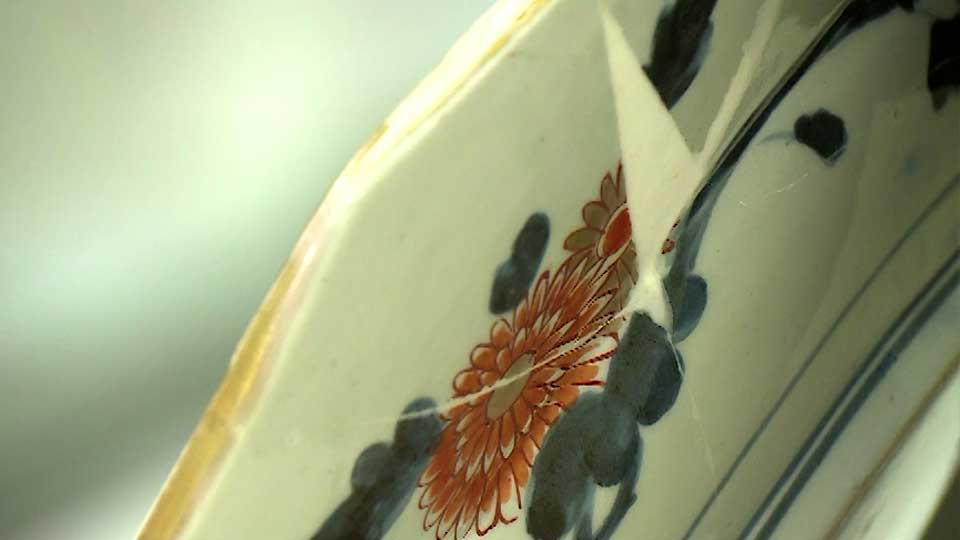
This centuries-old plate was among the highlights. The front exudes typical Old Imari elegance, while the back tells another story.
In accordance with the Piatti family's wishes, restorers purposely pieced together only the shards they had, leaving the missing areas as a reminder of the war.
Museum Director Suzuta Yukio is grateful the family protected the fragments.

Suzuta Yukio
"We don't think about the fact that the porcelain came back damaged. On the contrary, we are astonished and proud that people from such a faraway place sought and cherished it for so long."
Hands across borders

Gabriel Piatti
"We can say that for people war is meaningless and leads to only destruction. This project shows the importance of working together across borders."
Gabriel's hopes seemed to resonate with local students at a symposium he joined.
Miura Akane
"It must have been very heartbreaking to see the porcelain destroyed. But I thought it was impressive that the project team restored and shared the works of art with the world."
Nakajima Fumika
"I want to be a person who can protect cultural heritage because even now it is being destroyed by wars and disasters."
Bringing Japonism back
In September, the restored works were returned to Austria again, where they became part of the "old but new" collection at Loosdorf Castle.
Next year will mark the 150th anniversary of Vienna's 1873 World's Fair. That event introduced Japanese ceramics to the West and triggered a new cultural boom. Hoshina hopes to organize an European event showcasing Japanese culture to mark the milestone.
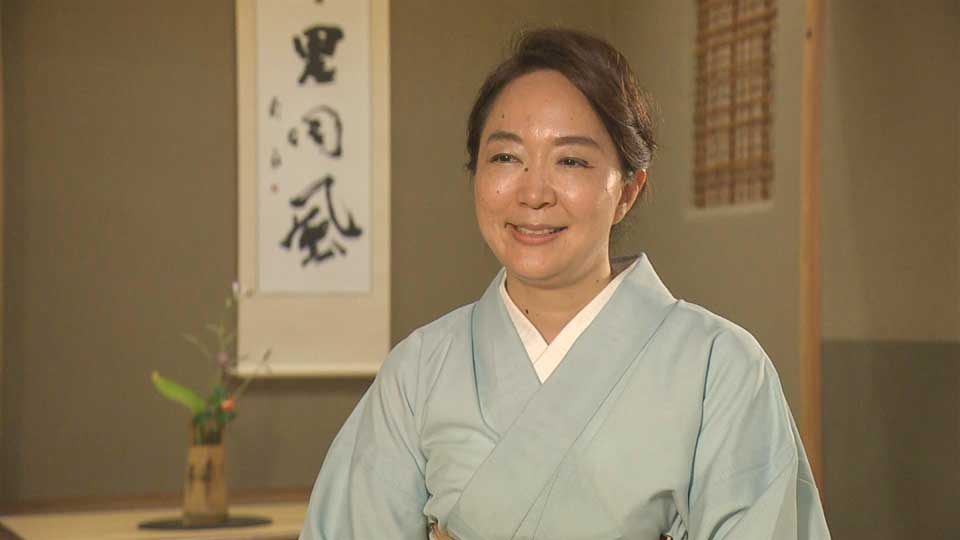
Hoshina Machiko
"Porcelain pieces are like spring grass sprouting under the snow. They are waiting for someone to find them. The project has been a hard road, but I have come this far because I believe that if I have the desire, I will be able to do it. As a tea master, I must continue telling this story."
The fact that we are once again living in a time of war highlights the significance of the story of this imperfect porcelain in terms of peace and cooperation across borders.
Hattori Naoko
Hattori Naoko has been working for NEWSLINE since 2011.
She specializes in environmental issues and international relations.
NHK World's "INDEPTH" is the original source of this article. Click here to watch.
